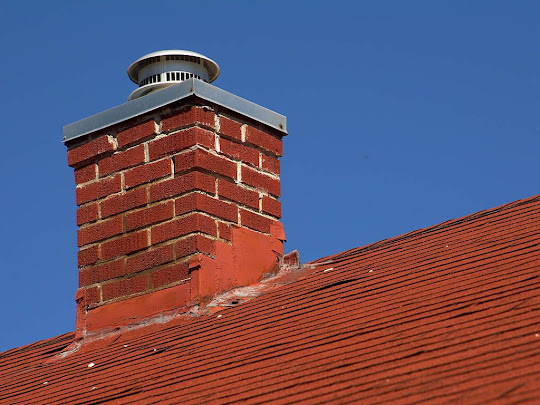History of Chimney Sweeps
While you might think the history of chimney sweeps is similar to Dick Van Dyke in Mary Poppins joyfully singing and dancing as he cleans, not a chapter of chimney sweep history actually looked at all like this. Unlike today, chimney sweeps have not always been highly regarded and even though it’s always been seen as a critical profession, it was not one that was enviable or even safe. Chimney sweeping today looks very different from it has in history but it remains just as important a profession as it was from the very beginning.
The History Of Chimney Sweeps Dates Back To The 13th Century
Changes To The Chimney Sweep Profession
A New Chimney Sweep
Chimney sweeps were now absolutely essential not only to a good hearth but also to good health. As chimney sweeps became associated with restoring fresh air in the home, the profession began to grow and become much more highly regarded.
Unfortunately, as a result of the chimneys becoming more maze-like, young boys were used as chimney sweeps because they were able to fit into the limited spaces. The children were often orphan boys or boys sold by destitute parents to a chimney master. Boys between the ages of 5 and 11 were forced to work from dawn to dusk, climbing through the chimney mazes in exchange for food, shelter, and water. They scraped the coal deposits off the flue linings and suffered a lot, however, we won’t get too graphically into detail.
Finally, in 1864, the English Parliament passed the “Act of the Regulation of Chimney Sweepers” putting an end to child chimney sweeps in the country.
New Innovation In Chimney Sweeping
Joseph Glass worked in the 18th century to design equipment to clean chimneys including canes and brushes that are pretty similar to the modern tools used by chimney sweeps today.
Fireplaces faded into the background as a primary heating source in the 1960s as gas and electricity became widely used. But as fossil fuel prices soared in the 70s, fireplaces resurged into popularity and are often an integral part of living rooms today, although more often for decoration than for function.
The chimney sweeps of today are not covered in soot. We are instead extensively educated in the science of chimneys, fireplaces, and building codes. We are trained to maintain every kind of venting system from flues and chimneys to wood and pellet stoves.
.jpg)
.jpg)

.jpg)
Comments
Post a Comment